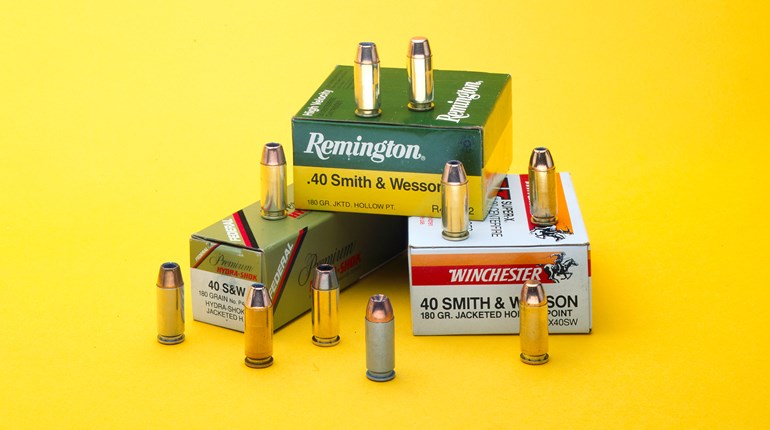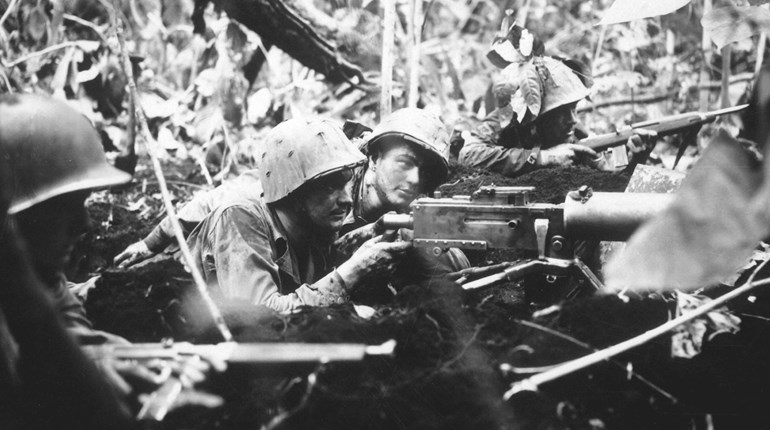
While little is known about Tom Threepersons, the larger-than-life exploits of the Native American lawman reveal him to have been a jack-of-all trades, but master of armed conflict.
It isn’t big enough to deserve the title of “library” so I can’t logically call it one, but there are sure a lot of books in that back room. Ever since I settled in one place, I have given free rein to my quiet thirst for all kinds of books about guns, gun equipment and gun people. A purge is inevitable, but it pains me to think of such a thing. I need them all. There’s always another pressing research project (with another pressing deadline) just over the horizon.
For the matter at hand, after a detailed search of my accumulation of material, as well as that of the local library and the encyclopedic internet—I’m stumped. I am unable to find anything meaty, solid, substantial or documented about a particular Western personality. I don’t doubt his existence—I just want the whole story. If a couple of tales are true, this frontier character had exploits that could have kept a phalanx of lurid, dime-store novelists hard at work for many suns.
His name was Tom Threepersons. Right out front, you have to understand that there were two of them and both were of Native American heritage and both were avid rodeo competitors. The one who was also known for gun work spelled his surname Threepersons, while the rodeo star made it Three Persons. A Native American of Cherokee descent, our Tom was born in 1889 in the Indian Territories and grew up there and on Montana’s border with Canada.
Although he went off to the famous Carlisle School in Pennsylvania, much of his education was in the ways of the wilderness. He learned to work livestock, track, hunt and shoot. The latter skill was first displayed when Threepersons went after cattle rustlers who had killed his father and his best friend’s father. Still in his teens, Threepersons left two rustlers dead on a saloon floor.
Several years passed with Threepersons working in the Pacific Northwest in various outdoor jobs or competing in rodeos. He was sometimes a mounted policeman, sometimes a guide/hunter and sometimes even a blacksmith. For much of that time, he was with his old partner Bill White, with whom trouble never seemed far away. The two lawmen went after a trio of murderers in Alaska. It was a particularly arduous chase, lasting several days and during very bad weather. Threepersons lost his lifelong friend, but killed all three of the outlaws.
Sometime around 1914, Threepersons appeared on the country’s Southwestern border and eventually joined the U.S. Army. As a member of “Black Jack” Pershing’s Punitive Expedition into Mexico, he was one of many young soldiers who took part in an essentially fruitless endeavor. He was also seriously injured in a horseshoeing accident. In the 1920s, Threepersons worked on ranches in various capacities, but most of his time was spent in law enforcement. As an El Paso Police Department officer, he was involved in several more fatal shootings.
He was also wounded in one of the encounters. As a ranch foreman in Mexico, he killed some cattle rustlers and was jailed, only to escape back across the border. At other times, he wore other badges, including that of the Bureau of Alcohol, Tobacco and Firearms. The pain from a previous head injury drove him to corrective surgery, which was successful. He spent the rest of his life in more peaceful pursuits and died of natural causes in 1969.
If ever there was a biography so full of holes, I don’t know of it. There is no doubt that the man existed and much of this wild and woolly stuff took place. But, when it comes to other Western characters, there is a great deal more material. Wyatt Earp gets about a foot and a half of shelf space and William Bonney is close to that. Recent research has established that misunderstanding or overlooking many facts has misled a lot of people interested in frontier history. A good example is the violent lawlessness in California, where stagecoach robbery was rampant. Where Threepersons was concerned, we don’t have much to go on.
Almost teasingly, there is one reminder that Tom Threepersons passed this way. His world was the horseman’s world, full of tack made of quality leather. As an offshoot of that industry, there was a great deal of attention given to the belts and holsters used to carry the almost-always present revolvers. Well, in Threepersons’ world, the gun was a Colt Peacemaker, and he carried it in a holster he designed for the old S.D. Myers company of El Paso, TX.
The Threepersons holster is a plain scabbard that sits high on the belt and at a rather steep angle. Shooters who grew up with the Hollywood rigs are usually perplexed by something this simple. It should be noted that you cannot walk comfortably, or ride a horse, when you have a gun strapped to your thigh. Threepersons’ rig positions a handgun where it is out of the way and permits the horseman to go about his business unencumbered.
It is ironic that the Threepersons holster is still around (made by El Paso Saddlery), and the memory of the man who designed it is beginning to fade away. Modern research needs to be focused on the adventurous life of a genuine hero of the frontier. His tool was allegedly the Peacemaker, still in production at Colt Firearms—yeah, fightin’ iron.






































